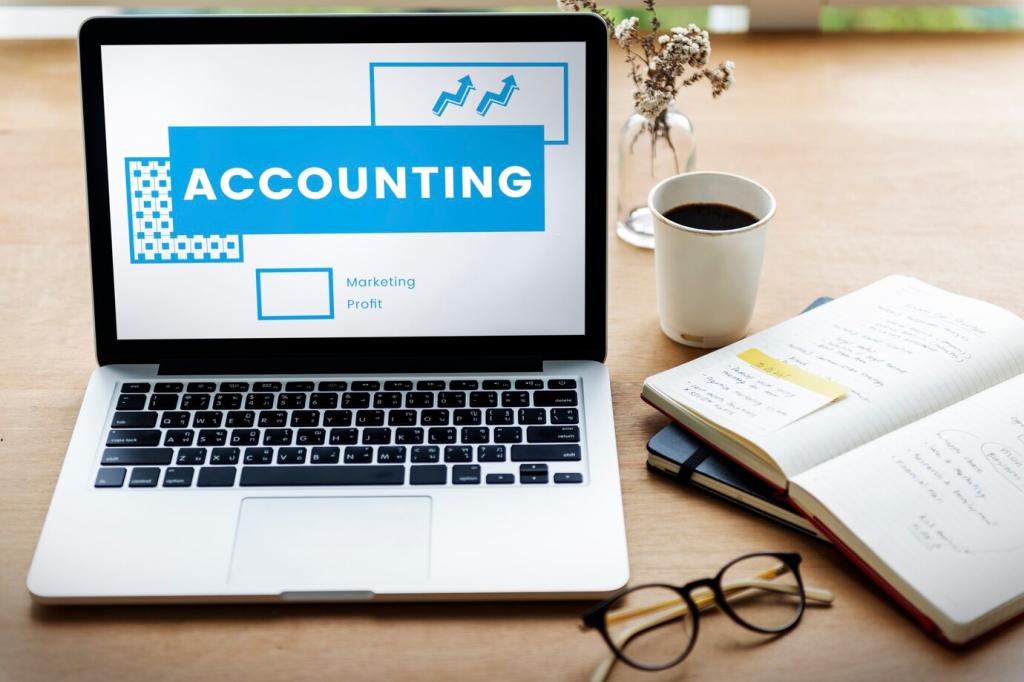Authentication That Actually Works: MFA, SSO, and Human Habits
Prefer phishing-resistant methods like FIDO2 security keys or platform authenticators over SMS. Require MFA for admins, payroll, and vendor management first. Add step-up approvals for sensitive exports. What MFA method fits your team’s workflow without slowing month-end close?
Authentication That Actually Works: MFA, SSO, and Human Habits
Integrate SAML-based SSO to centralize access, apply conditional policies, and instantly revoke sessions via your identity provider. Automate user lifecycle with SCIM provisioning. How fast could you disable access during turnover today? Let us know, and we will share templates.



